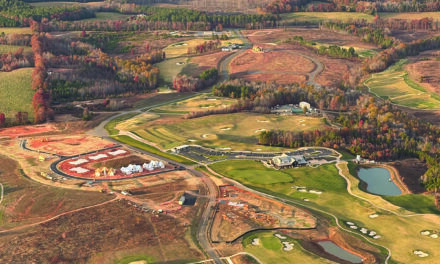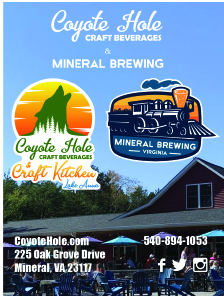Efforts to restore the Chesapeake Bay have been part of the largest watershed restoration initiative in the United States. The Chesapeake Bay Program was formed in 1983 and the first numeric goals and deadlines for pollution reduction in the watershed and the Bay itself were approved in 1987 by Virginia, Maryland, Pennsylvania, the District of Columbia, the Chesapeake Bay Commission, and the Environmental Protection Agency (EPA).
The set of goals included a specific goal to reduce nonpoint source nutrient reductions in the Chesapeake Bay watershed. Numeric targets were established by each state for nitrogen, phosphorus, and sediment reductions that were to be achieved by 2025. As the 2025 target date neared, an independent group of scientists began a Comprehensive Evaluation of System Response (CESR) to collect data and generate findings on what has worked, what has not worked, and how the states and the Bay Program can move forward to meet the targeted goals.
The report from the CESR effort included a finding that “nonpoint source programs are not generating enough pollutant reductions to meet Bay water quality goals” and that “a new approach to water quality management” is needed.
NPS pollution is the leading cause of nutrient overload in the Bay. Unlike point source pollution from industrial or wastewater treatment plants, NPS pollution originates from diffuse sources, making it harder to control. Agricultural runoff, laden with fertilizers and manure, and urban stormwater runoff, carrying pollutants from impervious surfaces, are major contributors.
Excess nutrients fuel algal blooms, which deplete oxygen levels in the water, creating “dead zones” that harm aquatic life. These blooms also reduce water clarity, impacting underwater grasses and disrupting the Bay’s ecosystem.
As part of Virginia’s commitment to restoring the Chesapeake Bay, the Virginia Department of Environmental Quality (DEQ) has announced a $20M Pay-For-Outcomes Nonpoint Source Pollution Reduction grant program. The effort is a one-year pilot program that will provide payments based on the amount of pollution actually removed or prevented.
The program addresses four of the five options being addressed in the larger Bay Program (enhanced agricultural BMPs, increasing funding, strengthening partnerships, and adaptive management techniques).
The Virginia General Assembly appropriated $20 million in DEQ’s fiscal year 2025 budget to implement the pilot program. Funding is available for nutrient reduction efforts in Virginia watersheds feeding the Chesapeake Bay. The pay for outcomes approach is an adaptive management technique that focuses on rewarding successful treatment of hotspots found in the watershed, especially those implementing non-standard practices to achieve the nutrient reduction outcomes.
The Virginia DEQ identified “locally impaired waterways” as having a high priority for funding consideration under the Pay for Outcomes Pilot Program. Lake Anna is considered one of Virginia’s “locally impaired waterways” due to the HAB advisories that have been issued by the Virginia Department of Health over the past seven recreational seasons.
In addition, scoring for the pilot program rewards innovative techniques and efforts that establish public-private partnerships to reduce nutrient pollution in the Bay watershed. Based on the goals and scoring methods outlined by DEQ for the Pilot Program, the LAAC teamed with EutroPHIX, a division of the SePRO Corporation, to submit an application for funding under the DEQ Pay for Outcomes Pilot Program. This public-private partnership is exactly what DEQ and the Bay Program are looking for as we move forward past the 2025 targeted timeline.
Also participating in the EutroPHIX effort are Virginia Commonwealth University (VCU) and the Lake Anna Civic Association (LACA). If all funding that EutroPHIX requested in their application were awarded, we would be able to continue phosphorus remediation efforts in the upper portion of the North Anna River and Terry’s Run from what were achieved in the first year of our phosphorus remediation program and we would be able to conduct initial treatments in the upper portion of Pamunkey Creek. All treatments would be focused on mineralizing phosphorus in the water column and lake sediment using the same environmentally safe chemicals that were used by EutroPHIX in the North Anna River in 2024. The chemical delivery process involves spraying a “slurry” of the EutroPHIX product directly on the lake surface as seen in the image from 2024.
“With applications for the DEQ Pilot Program submitted on February 3rd, we eagerly await DEQ’s award announcements, expected by the end of April. This decision will determine the feasibility of a large-scale phosphorus remediation project across the entire upper reservoir this year, targeting the persistent HAB problems. We are hopefull that our application will receive favorable consideration and necessary funding will be secured to effectively combat the HAB issue,” noted LAAC Chair Christopher C. McCotter.
























